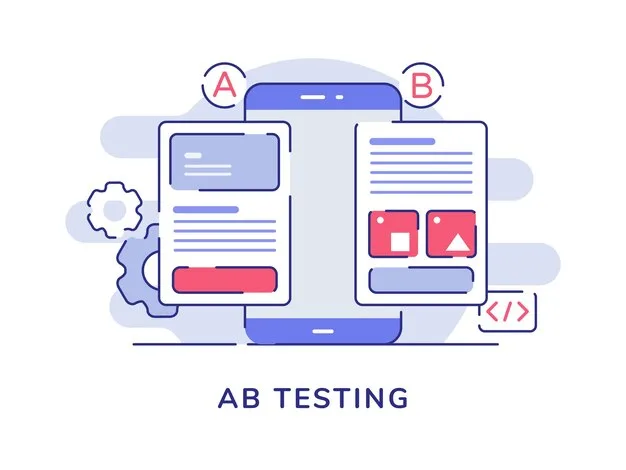Optimizing your website is crucial for staying competitive. A/B testing, also known as split testing, is a powerful method to enhance user experience, engagement, and conversion rates. In this guide, we will explore a systematic approach to prioritize and execute A/B experiments on your website, ensuring you make informed decisions that positively impact your online presence.
- Ideate and Determine What You’re Going to Explore:
The first step in the A/B testing process is ideation. Brainstorm and identify key areas of your website that may benefit from improvements. This could include anything from tweaking the color scheme and layout to modifying call-to-action buttons or refining your content strategy.
Consider involving various stakeholders, including designers, developers, and marketing experts, to gather diverse perspectives. Conduct user surveys, analyze customer feedback, and study analytics data to identify potential pain points and areas of opportunity.
And you can find the procedure to accomplish this part by clicking here (SOP 060)
- Enumerate Those Experiments and Prioritize Them:
Once you’ve generated a list of potential experiments, it’s time to prioritize them. Not all changes will have the same impact, and some may require more resources than others. Use a prioritization framework to assess the potential impact, feasibility, and resources required for each experiment.
One common framework is the ICE model, which stands for Impact, Confidence, and Ease. Rate each experiment on a scale from 1 to 10 for these three factors and calculate the ICE score. Focus on experiments with the highest scores as they represent the most impactful and feasible changes.
For additional details on how to finish this part, click here ( SOP 072 )
- Create Your Experiment, Launch It, and Analyze the Results:
With your prioritized list in hand, it’s time to move on to execution. Develop a clear hypothesis for each experiment and design variations accordingly. Utilize A/B testing tools to seamlessly implement changes to your website while ensuring that only a segment of your audience experiences the variations.
Before launching, set clear success metrics and define the duration of the experiment. This will help you gather sufficient data to draw meaningful conclusions. Be patient and resist the urge to prematurely end experiments – statistical significance is key to reliable results.
Once the experiment concludes, analyze the data thoroughly. Look for patterns, segment the results based on different user groups, and consider both quantitative and qualitative data. Understand the impact of each variation on user behavior, conversion rates, and other relevant metrics.
And you can find the procedure to accomplish this part by clicking here ( SOP 060 )
Prioritizing and executing A/B experiments is an iterative process that requires a combination of creativity, data analysis, and strategic thinking. By following the outlined steps – from ideation to execution and analysis – you can make informed decisions to optimize your website effectively.
Remember, A/B testing is not a one-time effort but an ongoing practice. Continuously iterate on your experiments, incorporating insights from each test into future optimizations. This commitment to improvement will keep your website at the forefront of user experience and performance, ensuring sustained success in the digital realm. and all of the above is outlined in the guideline on the following link:



